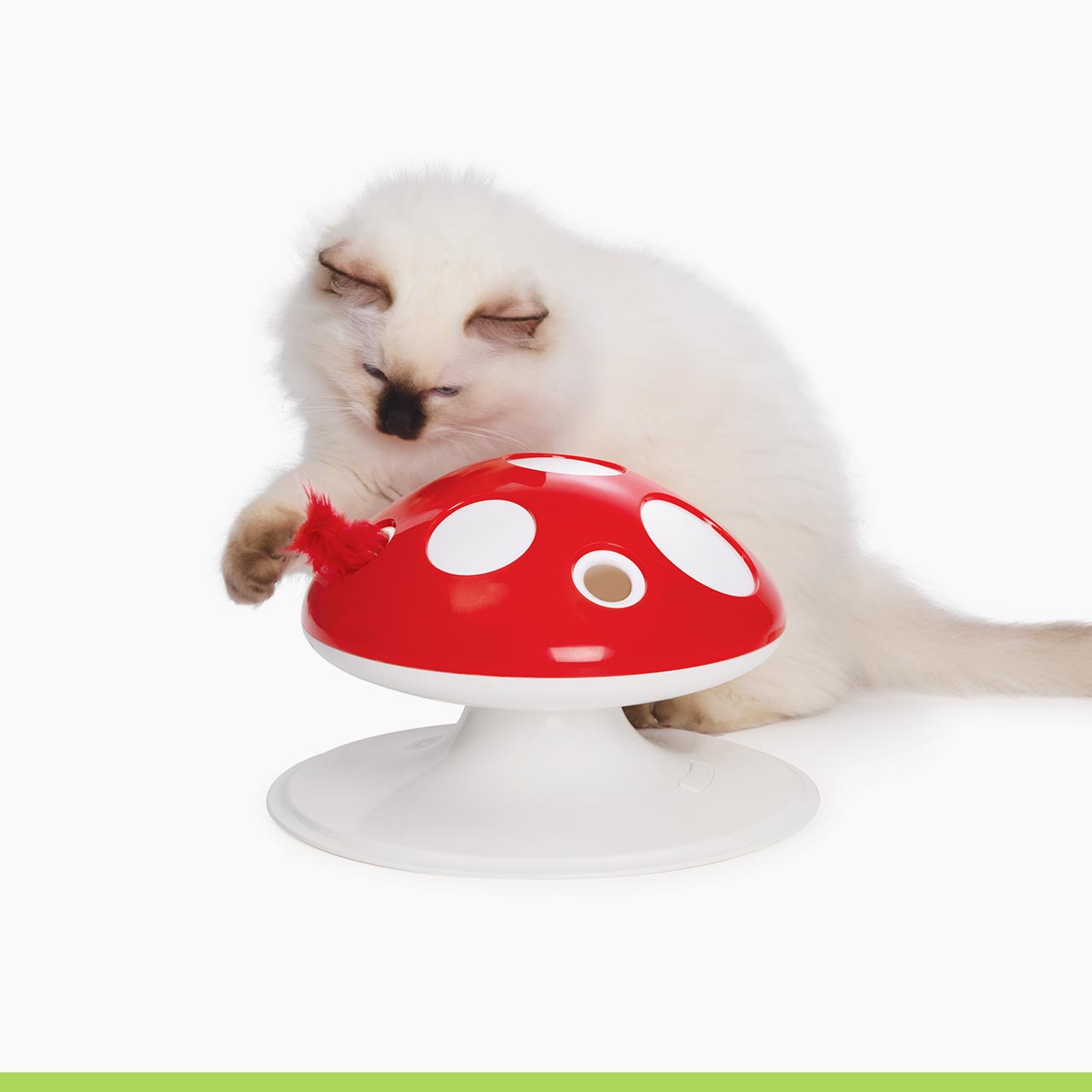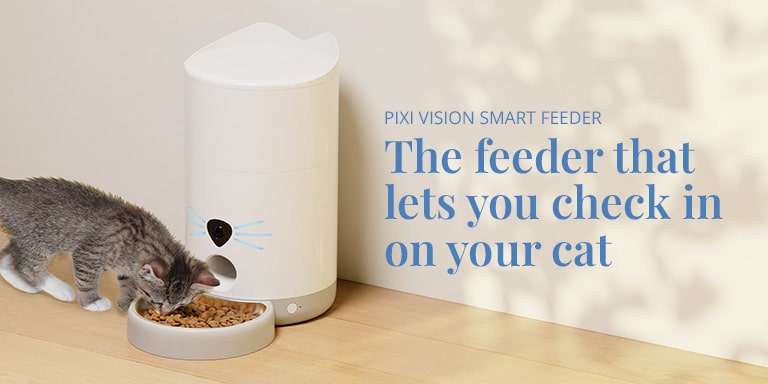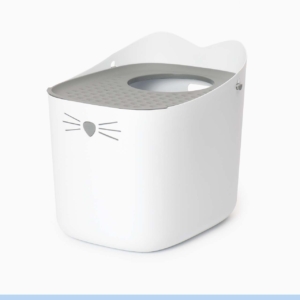In this article
The difference between boys and girls
Let’s start with a short biology refresher: Male cats have one X chromosome and one Y chromosome (XY), while females have two X chromosomes (XX) and no Y chromosome. Now, the color that a cat’s coat will have, is determined by the X chromosome. Do you start to see why it’s easier for males to be orange?
A portion of luck
For a cat to have an orange coat, all their X-chromosomes need to show the orange color. So, as males only have one X-chromosome, only one chromosome needs to show orange. Females, however, need two X-chromosomes to show orange for their coat to be entirely orange, which obviously requires more luck. But that’s not all….
To be orange, or not to be orange…
The gene that causes the orange color in cats has two variants: the dominant variant (O) which will turn a cat orange, and the recessive one (o), which won’t.
Orange boys
As male cats only have one X chromosome, things are super simple. If a male kitten inherits the dominant orange gene (O), their coat will be orange, if they receive the recessive orange gene (o), or simply a different coat color – such as black – they will not be orange.
(O) = orange
(o) = not orange
(B)= not orange -> (B) means a different color that is not orange
Màgic

Baku & Nero

Oliver
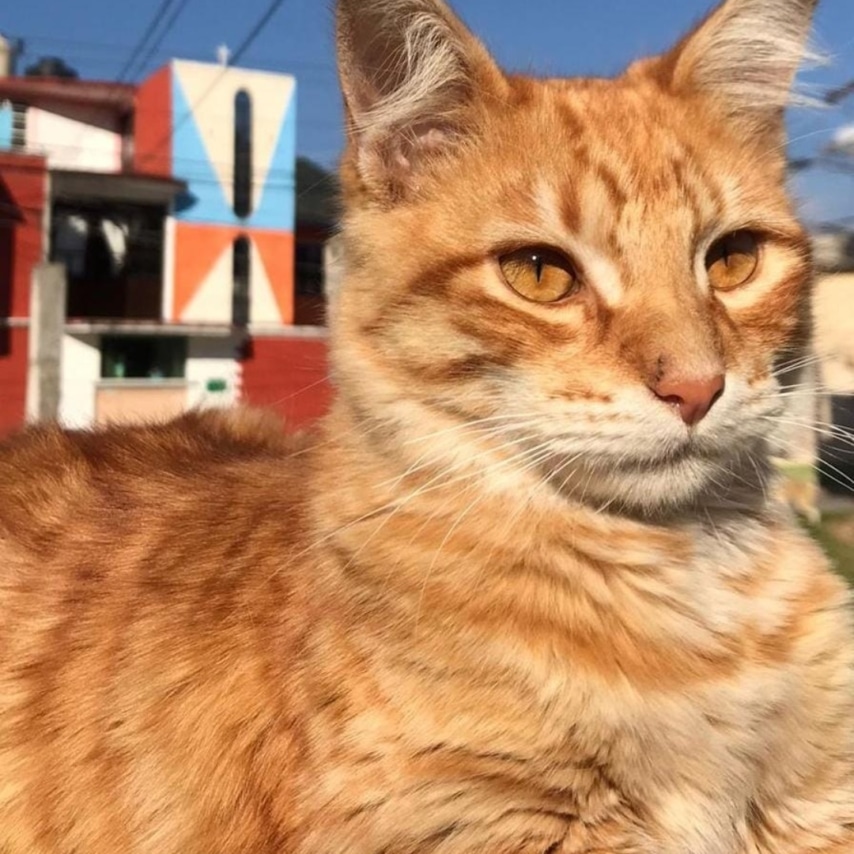
Orange girls
For females, it’s a bit more complicated. Since they have two X chromosomes, multiple combinations are possible. If a female cat has 2 dominant ginger genes (O) + (O), their coat will be entirely orange. If they have 1 dominant and 1 recessive ginger gene (O) + (o), they will have some orange spots, combined with another coat color. You definitely know these combinations; they’re called tortoiseshell (orange and black) and calico (orange, white, and black). Ultimately, when a female cat has 2 recessive genes (o) + (o), they will show no ginger at all.
(O) + (O) =orange
(O) +(o) = spots of orange (calico or tortoiseshell)
(o) + (o) = not orange
(O) + (B) = spots of orange (calico or tortoiseshell)
(o) + (B) = not orange
(B) + (B) = not orange
Daisy
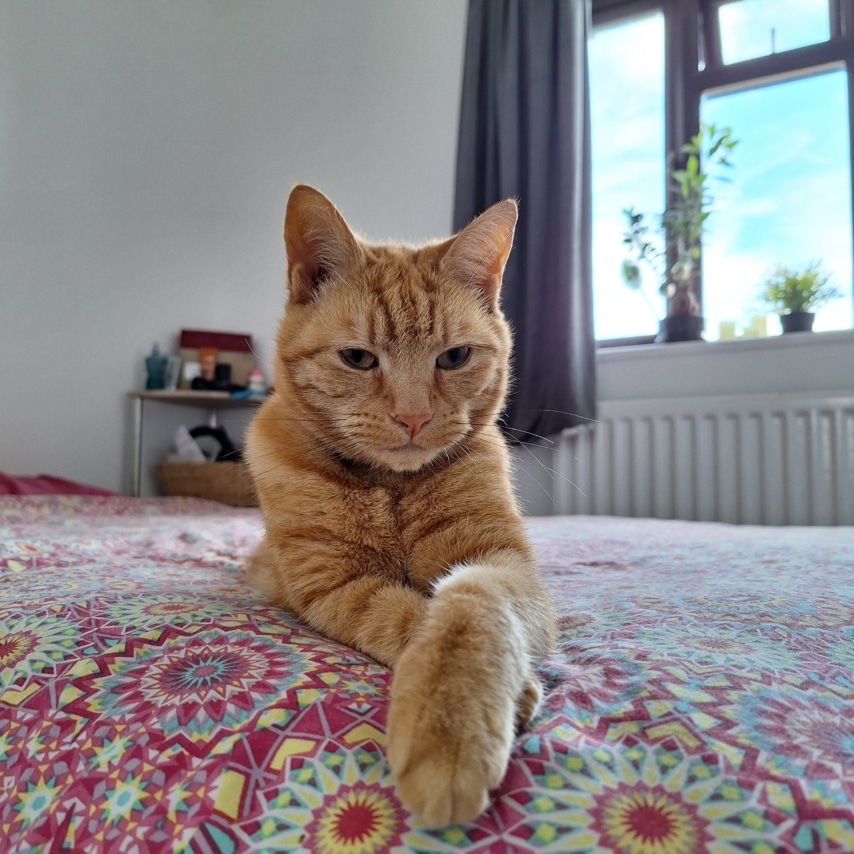
Luna
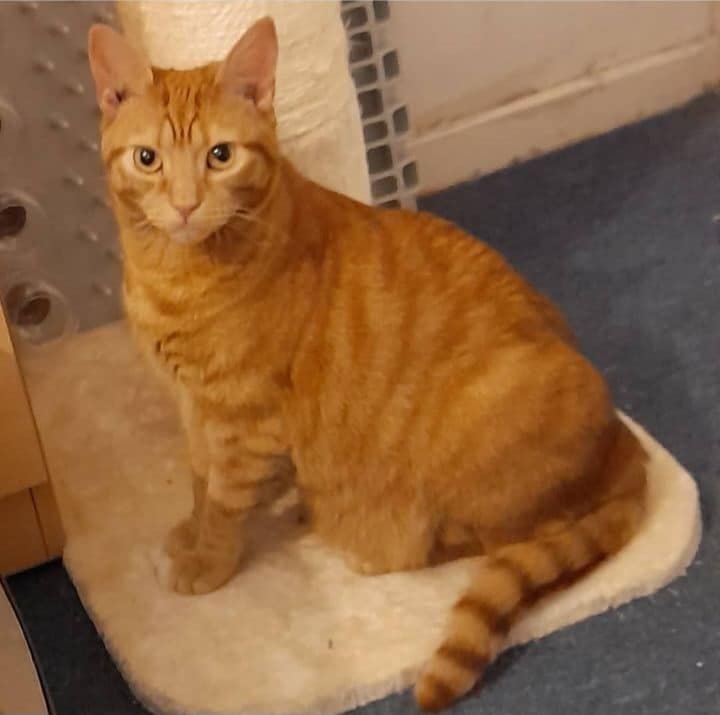
Cleo

Orange boys, orange mom
Male cats inherit their X chromosome from their mother. This means that for little tomcats to be orange, they only need to inherit 1 dominant ‘O’ variant from their mother, which is possible when momma cat is entirely orange (OO), or calico or tortoiseshell (Oo). So, from the moment that mommy cat shows even the smallest spot of orange, her baby boys might shine just as bright.
Orange girl, orange parents
Female cats have 2 X-chromosomes, and they inherit one from their mom and one from their dad. That means that both mom and dad need to have at least some orange in their coat for the female kitten to turn out orange. No wonder there aren’t that many female ginger cats.
The result: the boys win!
Because the chances are genetically higher for males to adopt dominant ginger genes, about 80% of orange cats are boys! This makes female gingers pretty rare, although still not as rare as – say – a male calico, representing less than 0.1% of all calicos. Want to know more about calico cats? Check out our blog!


